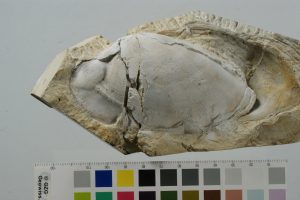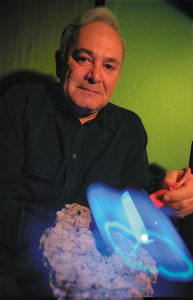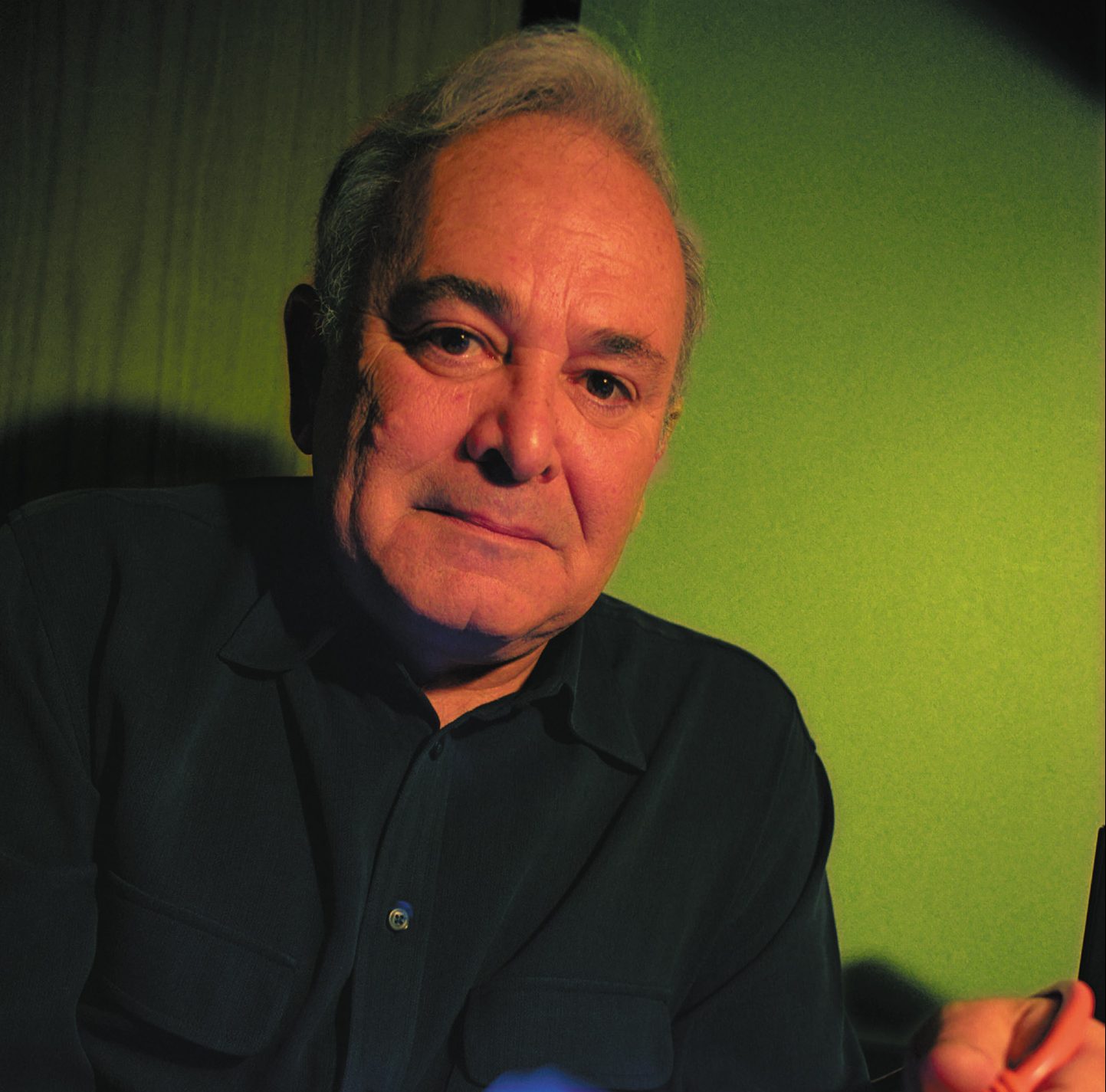
TUSCALOOSA, Ala. — A newly discovered species of an ancient chemosynthetic clam was named after Dr. Paul Aharon, professor emeritus of geological sciences at The University of Alabama.
Two European scientists classified the fossil clam as Archivesica aharoni in a scientific article recently published in the Journal of Paleontology.
The paper was written by Dr. Steffen Kiel, senior curator at the Swedish Museum of Natural History, and Dr. Marco Taviani, research director at the Institute of Marine Sciences in Bologna, Italy.
The fossil bivalve named after Aharon is a giant type of vesicomyid clam found in the Apennine Mountains in Italy where ancient deep-sea sediments were uplifted by tectonic forces.
During the Miocene age, roughly 5 million to 23 million years ago, the ancient Mediterranean basin was affected by hydrocarbon-enriched fluid seepage at sites areas where methane was released onto the sea floor at comparatively low temperatures.

The ecosystems that form near the seeps feed off the chemicals coming from the cold seep, rather than from sunlight, giving rise to chemosymbiosis. The fossil clam named after Aharon likely hosted specific bacteria that derived their energy from the cold seep.
“The species honors Paul Aharon, long-lasting friend and colleague, because of his many achievements in the field of hydrocarbon-seepage recent and past,” said Taviani. “Paul also spent considerable efforts to study geologically and geochemically the Italian Apennine Miocene-age cold seepage.”
Aharon was the Ray E. Loper Endowed Chair in Geological Sciences before retiring in 2016. He came to UA in 2001 after spending 19 years at Louisiana State University. He established the first Stable Isotope Laboratory in Alabama that continues to be a state-of-the art for acquisition of stable isotopes.
His research addressed questions of broad geologic implications concerning changing Earth systems through time, and, along with his work in the Italian Apennines, he contributed greatly to the understanding of extant cold hydrocarbon seeps in the Gulf of Mexico.
Contact
Adam Jones, UA media relations, 205/348-5320, adam.jones@ua.edu
